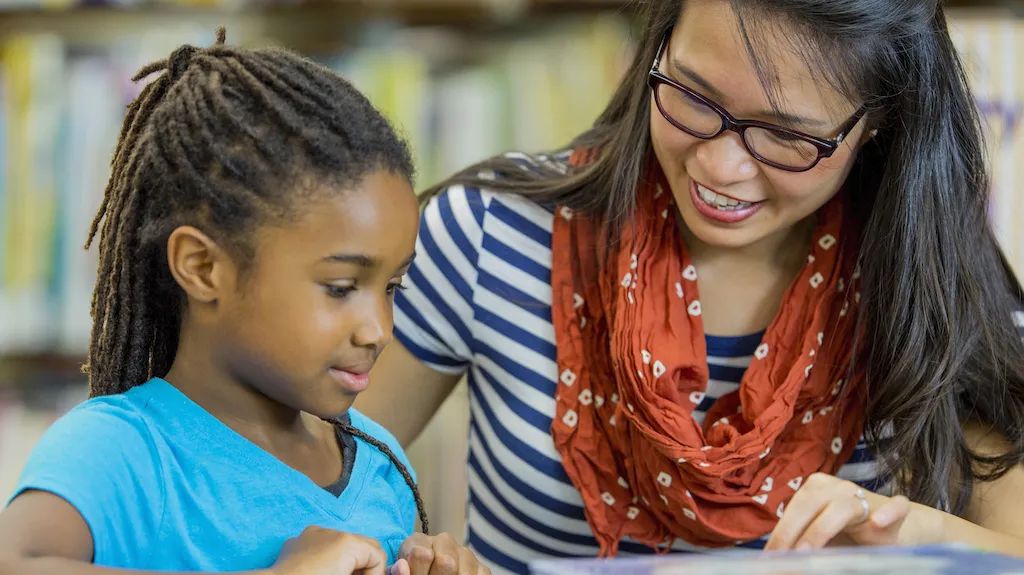Where Do We Go From Here? 5 Tips to Support Long-term Success of ELs


Where Do We Go From Here? 5 Tips to Support Long-term Success of ELs
As it becomes clear that most schools will not return to what we know as normal brick and mortar institutions this fall, it is clear that distance learning is here to stay in some capacity. On the Highest Aspiration podcast, we’ve been talking with EL educators from around the country about how they have adjusted and how they are planning as we prepare for the 2020-21 school year. Here are five tips we’ve curated from our conversations to help you prepare for long-term distance learning:
Redesign Professional Learning
Professional development looks different these days, and not just because most of it is delivered remotely. We are seeing districts offer more flexible, targeted learning opportunities that allow educators to select what is most relevant and accessible for them. ELL Administrator Sara Hamerla in Waltham, MA reminds us to continue to prepare for the future by investing in professional learning. Instead of canceling upcoming teacher professional development, Hamerla is making plans to change the format of PD in the coming months to prepare for the new dual language program scheduled to begin next year. She plans to leverage the advantages of virtual training until her teachers can return to school safely.
Build Student Agency
Some students had never accessed devices or the internet at home before districts invested in distance learning as a result of long-term school closures. In Manchester, New Hampshire, ESL teacher Elizabeth Leone is encouraged by the fact that technology is finally putting the world at her students’ fingertips. She is giving her elementary newcomer students project-based assignments that allow them to investigate their interests and passions. Students at home have more time to explore the topics they want to learn about, developing agency in their own learning.
Give Students a Voice
Since COVID-19, it has been inspiring to observe all the ways that communities, families and schools have come together to support each other. It is just as important to remember that students can also lend their perspectives on what they and their peers need. In Waltham, Massachusetts a 10th grade student created bilingual video guides for his classmates on how to access Google classroom resources and hotspots. Waltham Partnership for Youth trains high school students to become translators and interpreters, allowing them to earn money while helping to translate materials quickly and communicate with non-English speaking families.
Double Down on Family Engagement
Ironically, distance learning means that teachers are visiting their student’s homes every time they start a virtual meeting. Our guests have repeatedly pointed out that their partnerships with families have been a huge factor in the success of learning at home. In Tulsa, Oklahoma, Executive Director of Language and Cultural Services Laura Grisso and her team actually planned for and celebrated the fact that her translation service fee was 600 times more than the average. This was a clear signal that educators have been actively reaching out to families in their home languages, which the Tulsa team believes is a solid investment. Barriers are being broken down and partnerships between parents and teachers have grown to be critically important. All the while, educators are cementing critical lasting bonds between schools and families.
Embrace physical distancing, not social isolation.
Your community is still here, even if you can’t be physically together. Lean on the virtual community and free resources provided by organizations all around the country, and continue sharing them with others. We are here too.
- Our Look for the Helpers video series features quick 4-minute videos with links to resources shared by the Highest Aspirations guests.
- Ellevation Distance Learning provides free resources and activities in both English and Spanish to engage ELs.
- Join our ELL community for updates.
- Listen to more Highest Aspiration podcasts here or wherever you get your podcasts.
This blog post was written with contributions from Ellie Gray. Ellie is a Master's student in at Harvard's Technology and Innovation in Education program, graduating this spring. She has a background as a Math teacher across multiple grades and served as a leader of technology and data integration in classrooms. She's fascinated by learning technologies that support students and teachers become their best selves.